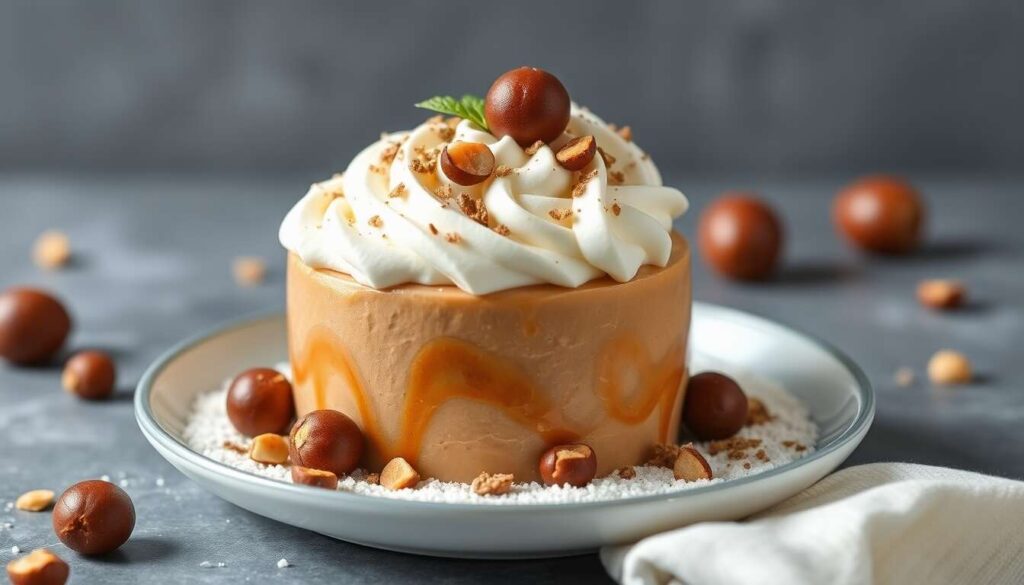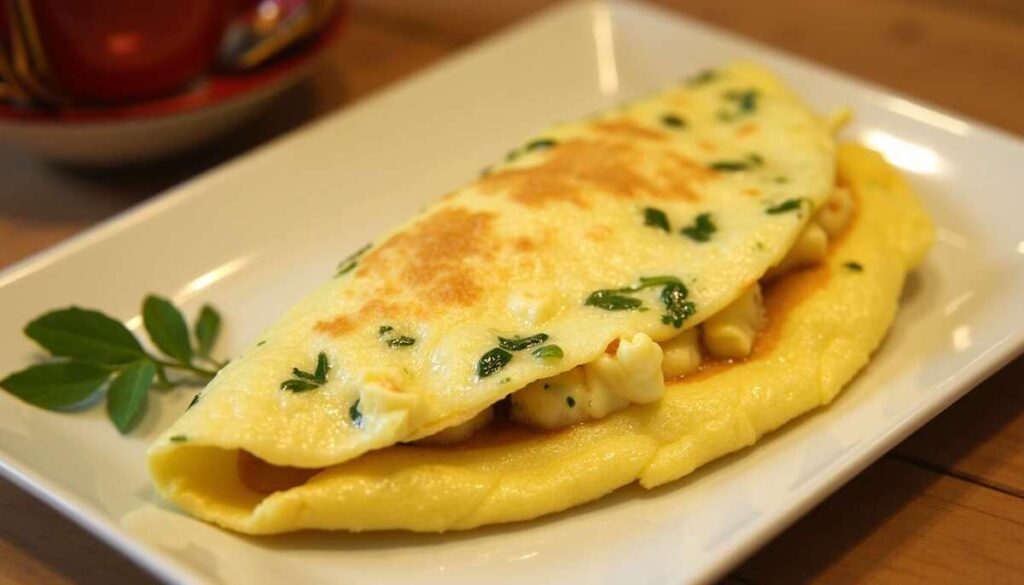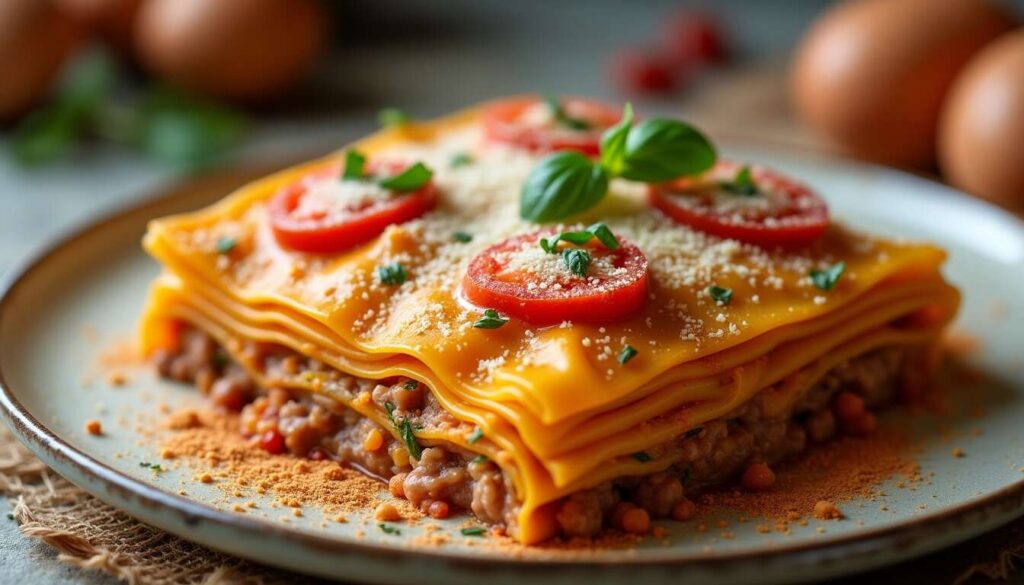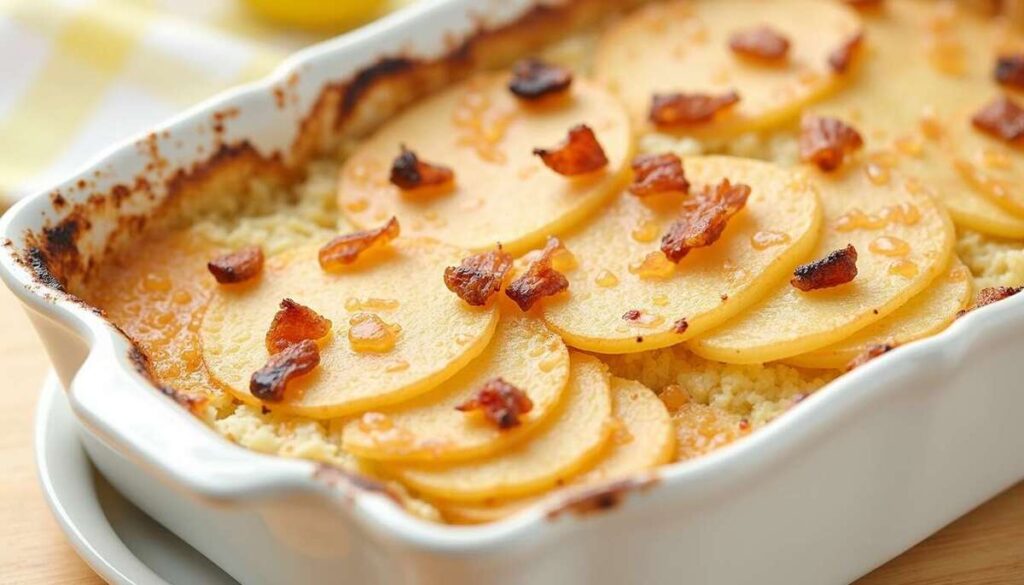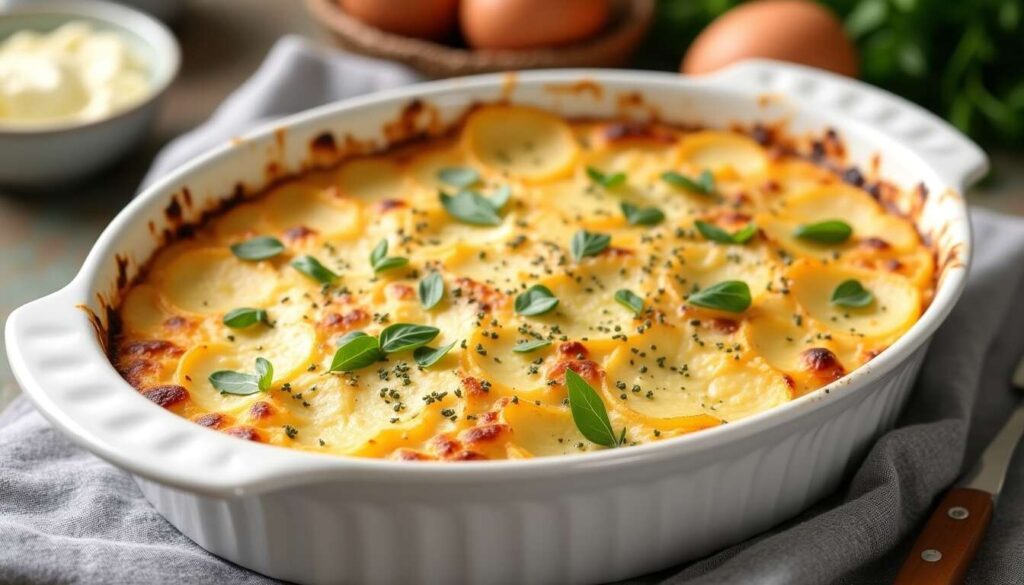Rice, a staple on many tables, often conceals culinary mysteries that can perplex even the most avid cooks. Among these is the phenomenon of sticky rice. Let us explore together why your rice might be glutinous and, most importantly, how to ensure that each preparation is delicious and perfectly cooked.
Understanding Why Rice Becomes Sticky
The Crucial Role of Starch
Rice is composed of starch, which is primarily responsible for its sticky texture. During cooking, this starch is released if the grains are overly stirred or if they haven’t been thoroughly rinsed. Skipping this step can easily turn your rice into a clumpy mess.
How Cooking Methods Influence Texture
The way you cook rice is vital. Using too much or too little water can make a significant difference. For instance, adding a bit of oil at the start of cooking can help reduce stickiness. Understanding the correct proportions is essential for successful cooking.
The Importance of Rice Type
Each grain has its own characteristics: basmati rice is less sticky compared to short-grain rice. Choosing the right type of rice based on the dish you’re preparing can save you from many pitfalls.
Before we get our hands into the grains, let’s look at the essential steps to follow even before turning on the heat.
Preparation Steps Before Cooking
Meticulous Rinsing
To prevent excess starch, it is crucial to rinse the rice under cold water until the water runs clear. A gentle handling is important to avoid damaging the grains, which is fundamental for achieving a light result.
Soaking: An Often Indispensable Ally
Soaking rice can be beneficial, especially for varieties like basmati rice or sushi rice. Allowing it to soak for 30 minutes to an hour softens the grains and promotes even cooking.
Precise Proportions Calculation
A general guideline is to maintain a ratio of 1.5 to 2 parts water for 1 part rice, though this may vary slightly depending on the rice type used. Performing an accurate calculation ensures an optimal balance between water and rice.
Having taken these initial precautions for cooking our rice, let’s now explore the common mistakes to avoid during the cooking process.
Common Mistakes to Avoid for Perfect Cooking
Excessive Boiling
Many make the mistake of cooking rice at too high a temperature. It is preferable to maintain a gentle boil to better control the cooking and prevent the grains from turning to mush.
Breaking the Cooking Cycle
Frequently lifting the lid releases the steam necessary for proper cooking. Avoid lifting the lid until the cooking is complete to maintain uniformity and achieve the desired texture.
Caution with Ingredients
Adding acidic components like lemon juice or white vinegar can sometimes disrupt the balance by amplifying the stickiness of the starch. Use these ingredients sparingly to avoid compromising the texture of the rice.
After exploring what to avoid, let’s commit to infallible techniques that guarantee perfect rice every time.
Infallible Techniques for Light and Fluffy Rice
Temperature Control
Opt for a cooking method over medium heat; this allows optimal control and prevents the grains from being overly exposed to heat, ensuring the perfect texture.
Use of Proper Utensils
Utilizing a makes all the difference. It ensures the steam stays trapped, cooking the rice evenly and helping to avoid drying out.
Resting Method
Once the cooking is finished, let the rice rest with the lid closed for 5-10 minutes. This step allows the grains to absorb the remaining moisture and relax, resulting in fluffier rice.
Having grasped the foundations of successful cooking, let’s explore chef’s tips that will turn each preparation into an exceptional culinary experience.
Chef’s Tips to Transform Your Rice
Creative Flavoring
Many chefs recommend incorporating spices or herbs during cooking to enhance the flavor. Adding a bay leaf or a pinch of cumin can provide an aromatic touch.
Steaming Technique
The steaming method is widely favored for achieving rice that is perfectly cooked, light, and non-sticky. This technique preserves the nutritional qualities and natural flavor of the rice.
Using Broth
Replacing water with a light broth is a clever way to infuse more flavor into the rice without adding extra fats. Chicken or vegetable broth is ideal for this process.
By applying these tips and tricks, you are now ready to succeed in every rice preparation with flair. Discover a new culinary perspective with each tasting.
The mysteries of sticky rice have now been unraveled thanks to these practical tips and foolproof techniques. By expanding your knowledge of the causes, avoiding common mistakes, and employing some crafty strategies, you have all the keys to prepare perfect rice every time. Feel free to experiment and find the methods that resonate best with your preferences and tastes.


